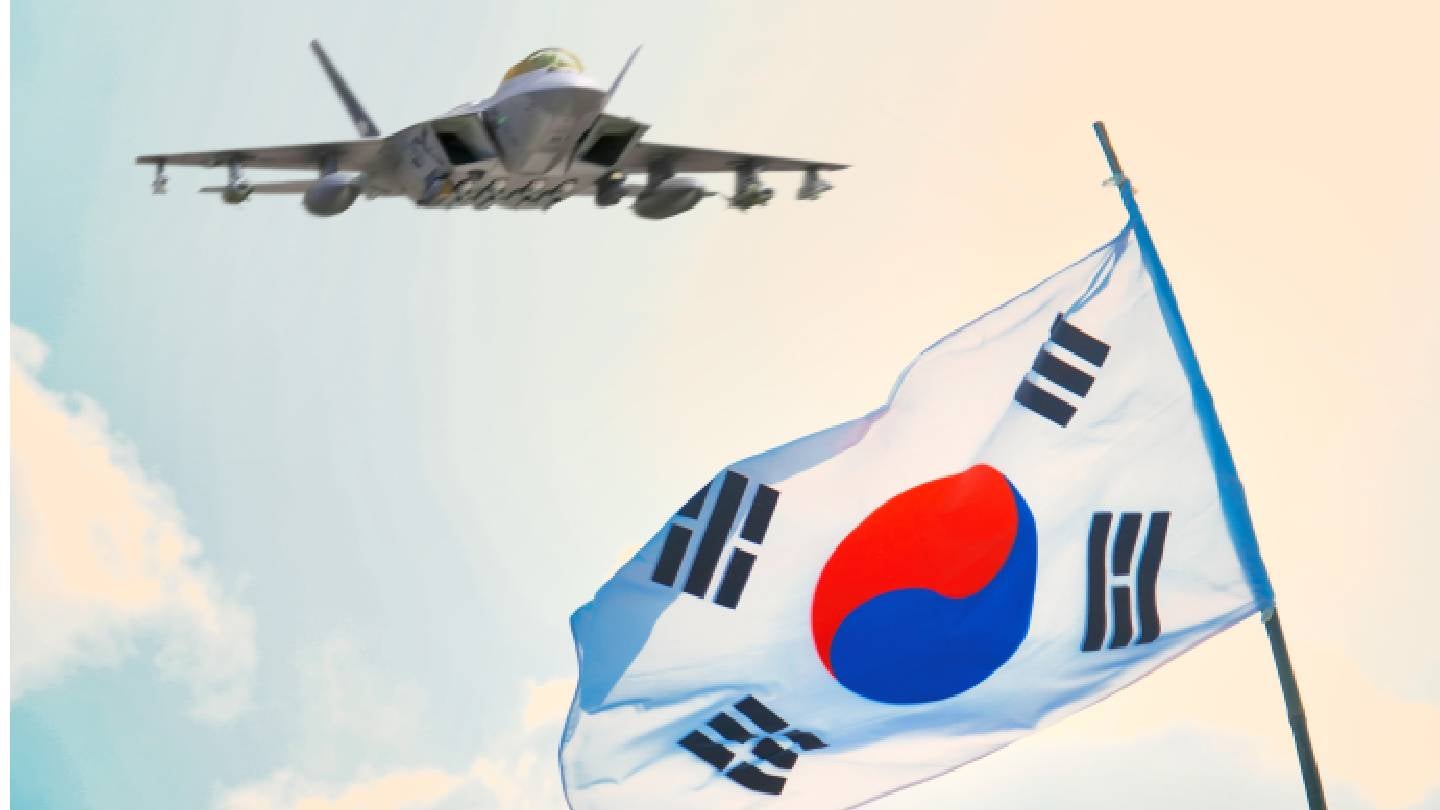
GlobalData projects South Korea’s spending on military fixed-wing aircraft to reach approximately $20.8bn from 2025 to 2035. Credit: Galeh Kholis/Shutterstock.com.
South Korea has engaged L3Harris Technologies for the provision of four Gulfstream Global 6500 aircraft in a move to enhance its air defence capabilities.
These aircraft, featuring ELTA Systems’ EL/W-2085 dual-band conformal radar, will bolster the country’s aerial surveillance and intelligence-gathering capabilities, amidst a challenging regional security landscape.
 Discover B2B Marketing That Performs
Discover B2B Marketing That Performs
Combine business intelligence and editorial excellence to reach engaged professionals across 36 leading media platforms.
According to data and analytics firm GlobalData, South Korea’s investment in military fixed-wing aircraft is projected to reach approximately $20.8bn from 2025 to 2035.
The report “The Global Military Fixed Wing Aircraft Market Forecast 2025-2035” indicates that nearly one-fifth of this expenditure will be directed towards intelligence, surveillance, and reconnaissance aircraft, including early warning systems.
GlobalData aerospace and defence analyst Rithik Rao said: “The Global 6500 aircraft procurement comes amid deepening military cooperation between Russia, China, and North Korea, a development that has heightened tensions and increased the need for enhanced situational awareness across the Korean Peninsula.
“The Comprehensive Strategic Partnership Treaty signed between Russia and North Korea in June 2024 has enabled North Korea to access better military hardware and technology than it currently possesses. This makes it crucial for South Korea to secure its ability to maintain sovereignty and control over its airspace.”
The aircraft, referred to as ‘Phoenix’, are expected to augment the Republic of Korea Air Force’s existing fleet of Boeing E-737 Peace Eye aircraft, which had previously faced challenges with mission availability rates.
The Phoenix is expected to ensure uninterrupted aerial surveillance and bolster South Korea’s command and control over its airspace.
“The fleet expansion is also a pre-emptive measure against potential upgrades to North Korea’s air defence systems, particularly if Russia were to transfer advanced radar or electronic warfare systems to Pyongyang.
“Additionally, Russian and Chinese air patrols frequently enter South Korea’s air defence zone, necessitating constant monitoring and response. In this context, the acquisition of the Phoenix enables South Korea to respond in real time to evolving threats, thereby reinforcing its deterrence posture across the Korean Peninsula,” Rao added.
In May 2025, GlobalData revealed that South Korea earmarked a budget of $222bn for the five-year period spanning 2021 to 2025 to strengthen its defence posture.

